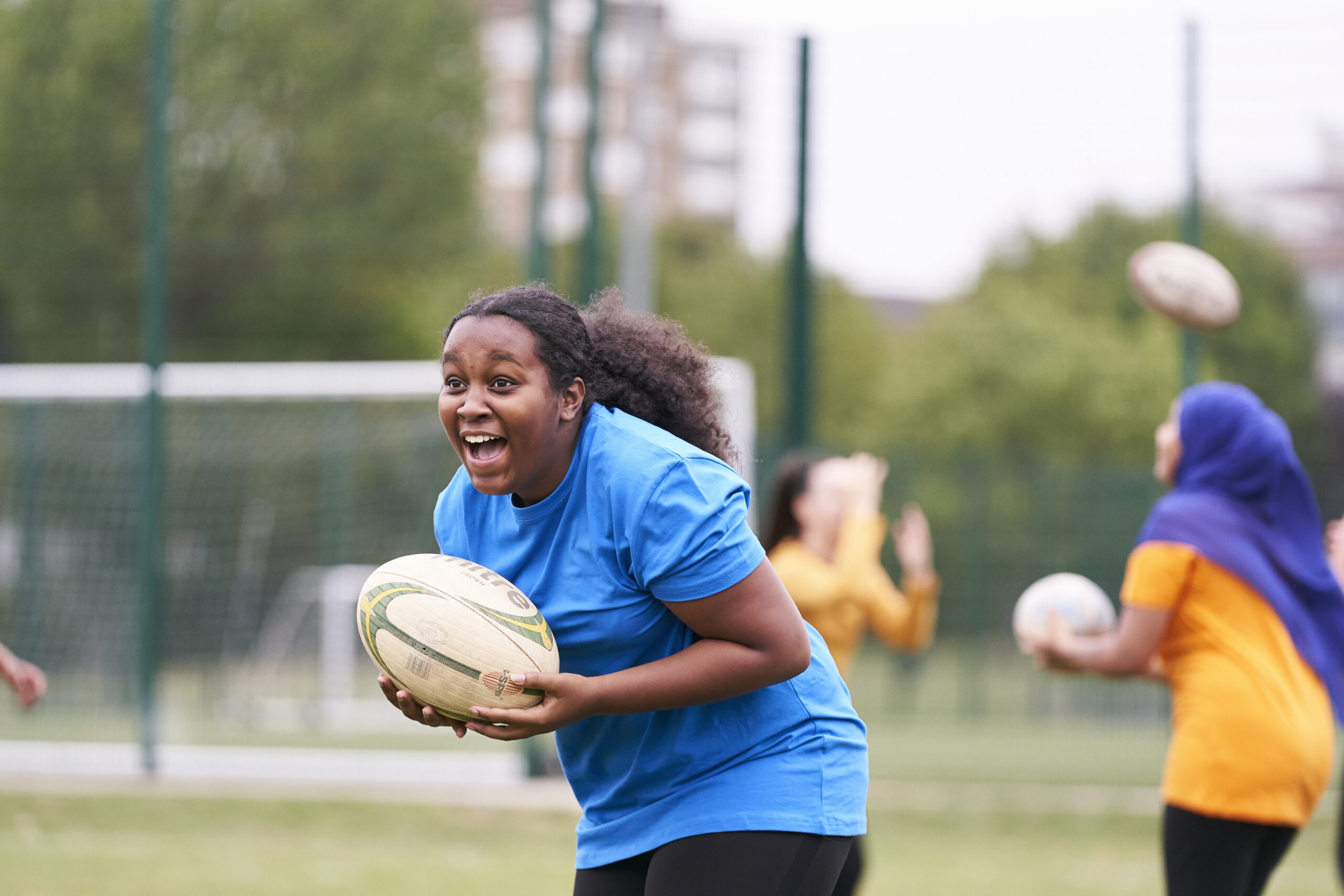Your basket is currently empty!
The latest results from the Active Lives Children and Young People Survey show that, nationally, children and young people’s activity levels overall have recovered to pre-pandemic levels, with 47% of children meeting the Chief Medical Officers’ guidelines of taking part in an average of 60 minutes or more of sport and physical activity a day.
The figures, published by Sport England today, cover the 2021-22 academic year, and show that overall activity levels are up 2.6%, meaning there are 219,000 more active children compared to the previous academic year.
Activity levels are now back in line with the 2018-2019 academic year, the last full year before the pandemic.
Boys, whose activity levels were most impacted during the pandemic, have largely driven the recovery (50% of boys are now doing an average of 60 minutes a day compared to 45% of girls).
Meanwhile the figures show that secondary-aged girls are now more active than at any point since the survey began in the 2017-18 academic year.
Alongside the growth in the number of active children, the number of less active children, those doing less than 30 minutes of physical activity a day, has decreased by 143,000 (2.3%).
However, there is an increase in the number of children and young people doing no activity at all in the previous seven days, up by a quarter of a million (3.3%) since pre-pandemic.
The recovery is also not universal with primary-aged children, specifically those in School Years 3-4 (ages 7-9) and Black boys of primary ages not yet back at pre-pandemic levels. Equally, black boys’ activity levels are not yet back at pre-pandemic levels.
The gender gap also remains widest between Asian girls and boys (10%) followed by Black (8%) and Other minority ethnic (also 8%) children and young people.
Those from low affluence families are still less likely to be active than those from high affluence (42% compared to 52%) and children and young people going to school in the most deprived places in the country have not seen activity recover to pre-pandemic levels. They are also less likely to say they have positive attitudes towards sport and physical activity, and they have lower wellbeing scores.
The survey provides even more evidence of the benefits of getting active for mental health, with more children and young people getting active to help with their mental wellbeing, with a significant increase in the proportion of those exercising to relax and worry less (up 1.2%), and socially for fun with friends (up 2.1%). Those with higher activity levels continue to have higher levels of wellbeing.
Active children and young people are more likely to be happy and less likely to feel lonely often or always than those who are less active.
To read the full Sport England report click here.
An analysis of the local data will follow.
